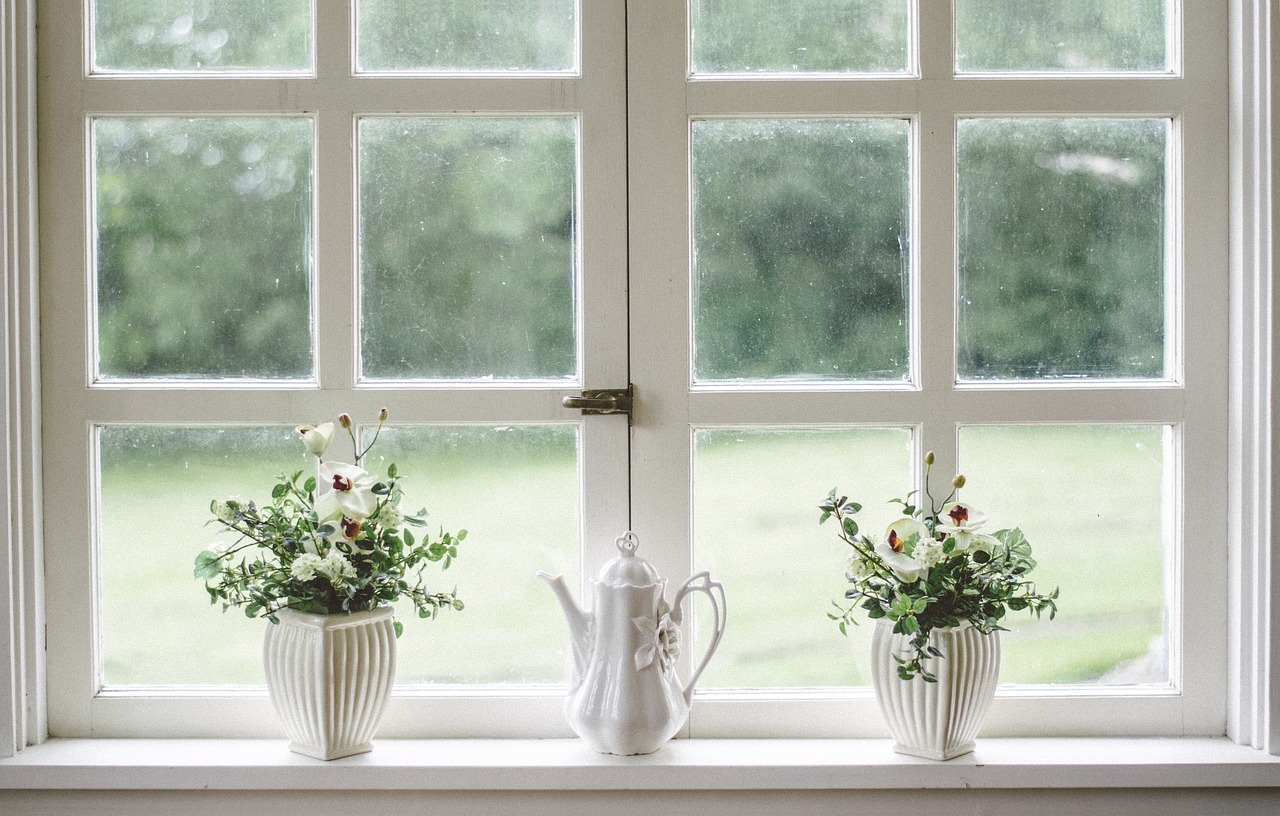When replacing or installing new windows in your home, selecting the right style is crucial for comfort, aesthetics, and energy efficiency.
Two popular choices for homeowners are double-hung and casement windows. Each has unique features, making it important to understand the differences before making your decision.
In this article, we’ll talk about these window styles, so that you’ll be able to make an informed choice.
Double-Hung Windows
Double-hung windows are a popular and timeless window style that is commonly found in many traditional homes. These windows consist of two sashes (movable window panels) that slide up and down within the window frame. The sashes can be moved independently of each other, allowing for greater control over ventilation and airflow. Double-hung windows are versatile and can be customized to fit a wide range of home styles and designs. They are also easy to clean and maintain, making them a practical and functional choice for any homeowner.
Advantages of Double-Hung Windows
- Classic look: Their traditional design suits various architectural styles, preserving the original aesthetic of older homes.
- Ease of operation: Simply slide the sashes up or down for opening and closing, offering easy operation for people of all ages and abilities.
- Partial ventilation: You can open the top sash, bottom sash, or both for flexible airflow, ideal for controlling air circulation without completely opening the window.
- Safe for children and pets: As only half the window opens, they reduce the risk of falls.
Disadvantages of Double-Hung Windows
- Limited opening: Only about half of the window can open at a time, restricting maximum airflow potential.
- Cleaning challenges: Cleaning the exterior side of the upper sash might require a ladder, especially for second-story windows.
- Potential for air leakage: Seals around the sashes can wear out over time, allowing drafts.
Casement Windows
Casement windows are a type of window that is hinged on one side and opens outward like a door. They are usually operated by a hand crank, which allows for easy and smooth opening and closing. This type of window is known for its ability to provide a wide and unobstructed view, as the entire pane of glass can be opened. Additionally, casement windows are known for their energy efficiency, as the tight seal created when they are closed helps to prevent drafts and reduce energy loss.
Advantages of Casement Windows
- Excellent ventilation: Opening fully, they provide superior airflow, ideal for maximizing air circulation in stuffy rooms.
- Unobstructed views: Their single-pane design offers minimal visual obstructions, allowing you to enjoy panoramic views of the outdoors.
- High energy efficiency: Their tight seal when closed minimizes air leaks, helping to reduce energy bills.
Disadvantages of Casement Windows
- Can obstruct walkways: Open windows protrude outward, potentially interfering with decks, patios, or closely placed furniture.
- Can be difficult to operate in hard-to-reach places: May not be ideal above kitchen counters or sinks, as the crank mechanism can require reaching outward.
- Typically more expensive: Their operating mechanisms and energy-efficient design usually result in a higher price tag than double-hung windows.
Key Factors to Consider When Choosing
After analyzing the fundamental advantages and disadvantages of each window type, there are several other vital aspects that you should consider before selecting the most suitable window style for your requirements. Some of these factors include:
- Ventilation: If maximum airflow is a priority, casement windows excel. They catch side breezes effectively for excellent cross-ventilation. Double-hung windows offer moderate ventilation but give you the option for top or bottom airflow control, helpful in situations where you want air movement but not a full draft.
- Aesthetics: Double-hung windows have a classic charm that complements traditional and historic architectural styles. Casement windows offer a clean, modern look that often suits contemporary homes beautifully. Consider your home’s overall design when making your choice.
- Ease of Use and Cleaning: Casement windows can be more difficult to open and close in hard-to-reach areas like above kitchen sinks. However, many modern casements offer convenient tilt-in features that make cleaning the exterior glass easier. Double-hung windows are generally simple to operate, but exterior cleaning of the upper sash can be challenging from the inside, especially on higher floors.
- Energy Efficiency: Casement windows usually have a slight advantage in energy efficiency due to a tighter seal when closed. Modern double-hung windows can offer good energy efficiency as well, but the focus should be on quality materials and construction for both window types. Look for features like low-E glass and warm-edge spacers to enhance energy performance.
- Cost: Double-hung windows are generally a more budget-friendly option compared to casement windows. However, the price can vary based on size, materials, and any additional features like special glazing.
Conclusion
Choosing between double-hung and casement windows is a personal decision that depends on your home’s architecture, your ventilation needs, budget considerations, and your personal preference for functionality and aesthetics. Both window types provide a wonderful way to enjoy light and airflow, making the best option dependent on your specific priorities.For further guidance and to explore high-quality window options and installations tailored to your home, consider visiting the experts at Phoenix Siding. Our dedicated team can help you evaluate your needs, compare styles, and make the right choice to enhance your home’s comfort, beauty, and value with the perfect windows. We carry a comprehensive selection of siding options too, making us your one-stop shop for a complete exterior renovation.



